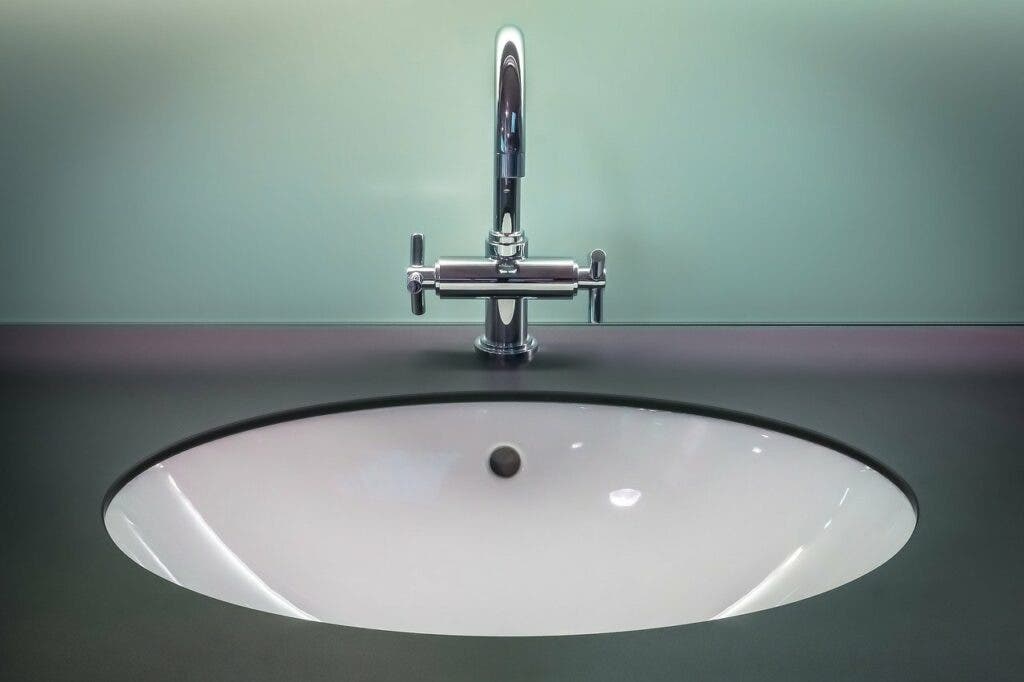California is staring down the barrel of its driest start of the year in at least a century.

Officials of the Metropolitan Water District of Southern California plead with residents to voluntarily and significantly reduce their water use to avoid the need for mandated water conservation measures.
The call comes amid one of the driest years South California has experienced in recent times. Following an especially dry winter after three years of drought, the region has recorded one of the lowest precipitation levels of any year in the last century. Barring some heavy rain and reduction in water use, officials say, the state is at real risk of running dry.
Only half full
“California is well into its third year of drought and with winter ending in a very dry way, water conditions will get more challenging in coming months,” California Natural Resources Agency Secretary Wade Crowfoot said at a media briefing at the Theodore Payne Foundation for Wildflowers & Native Plants in Sun Valley. “We all need to do our part to conserve water and use it as efficiently as possible – and make this our way of life”.
Metropolitan Water District officials warned that if water usage isn’t reduced throughout the region, they will be forced to introduce mandatory conservation measures in the near future.
Adel Hagekhalil, general manager of the Metropolitan Water District of Southern California, explains that the authority doesn’t “want to get to a place where we are actually impacting our way of life”, but the fact of the matter is that there simply isn’t enough water to go around in the region, putting public health and safety in Southern California at genuine peril.
“That means the only water we get is for drinking and firefighting – so no watering of lawns,” he adds.
Unless heavy rains make themselves felt through to the end of the month, this will be the single driest January through March period that California has experienced in the last century, maybe even the last millennium, according to a news release from the California Department of Water Resources (DWR) on Friday.
This isn’t the first time residents have been called upon to conserve water. Gov. Gavin Newsom has previously asked Californians to voluntarily reduce 15% (one-sixth) of their water use compared to 2020, but he seems to have remained unheard: water use in January was up 3% compared to 2020 figures.
Officials ask for a reduction in water use between 15 to 20%. As to how to best achieve these they propose refurbishing homes with water-efficient equipment, fixtures, and appliances. Hagekhalil adds that “we’re here to give you rebates” in order to support such changes. In regards to landscaping, they recommend watering plants as little as strictly necessary and including more native, drought-resistant plants in the garden.
Areas that met the governor’s conservation target included Mendocino and Sonoma counties — regions that Department of Water Resources Director Karla Nemeth described as being in the “bullseye for the drought early on.”
To add weight to the warning, the L.A. Department of Water and Power also announced that residents who repeatedly and grossly overuse water should expect hefty fines.
“Depending on the level of severity, the frequency of the noncompliance with our ordinance with wasteful, or unreasonable water use, potential fines can be as high as $40,000 for these high water users,” said Delon Kwan, LADWP assistant director of water resources.
The California DWR recently announced that current conditions require a reduced allocation from the State Water Project, which routes water from the Feather River to the Central Valley, South Bay, and Southern California areas. Traditionally, around 30% of this goes to irrigation contractors and 70% to residential, municipal, and industrial users in South California. The Department added that it would assist organizations and people with unmet health or safety needs, and will be making another assessment in April with a final allocation agreement expected in May or June.


